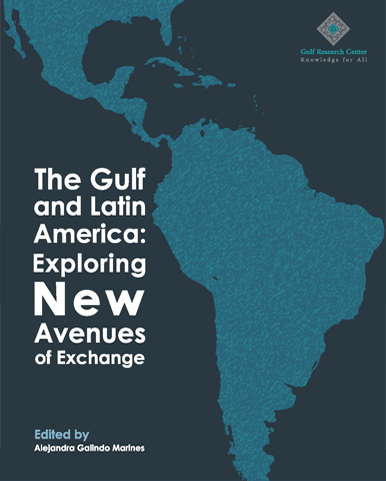The Gulf and Latin America: Exploring New Avenues of Exchange
Publisher: Gulf Research Center
Published year: 2014 - 2016
GRM year: 2013
In the last few years, there has been a substantial increase in trade and investment between Latin America and the Gulf region as well as the opening of new embassies among these countries, a trend that started in the second half of the last decade. Besides the diverse encounters at the official level through the Arab South American Summits, an increasing number of non-state actors are participating in the growing exchange between these regions, reflecting a renewed interest in enhancing cooperation beyond the government level. This book describes how non-state actors are able to create avenues of participation to bring the GCC countries and Latin America closer. By examining the different types of actors and issues involved in the increasing exchange, this volume provides an overview of one important aspect of the relations between the two regions and the possibilities to consolidate and expand cooperation. Regarding cultural and educational activities which aim to bring the societies of the two regions closer, the book describes the role played by regional organizations, besides the cultural and trade exchange in terms of the art market. In trade and investment, the impact of the relationship between 106 the state and the growing businessmen networks is assessed. Further, the cooperation between the private sector, foreign investors, and the state and its effect on liberalization policies in Latin America is weighed as an opportunity to apply to the GCC economies. At the level of society and the role played by the Muslim/Arab communities in Latin America, this book looks at their transnational links as well as their influence in the foreign policies of the Latin American countries towards the Gulf region, besides their input in the formation of identities across the regions. This volume offers a non-traditional view focusing on specific actors and issues in the evolving relationship between the Gulf and Latin America, thus providing an understanding of the possibilities and obstacles in the relationship.
